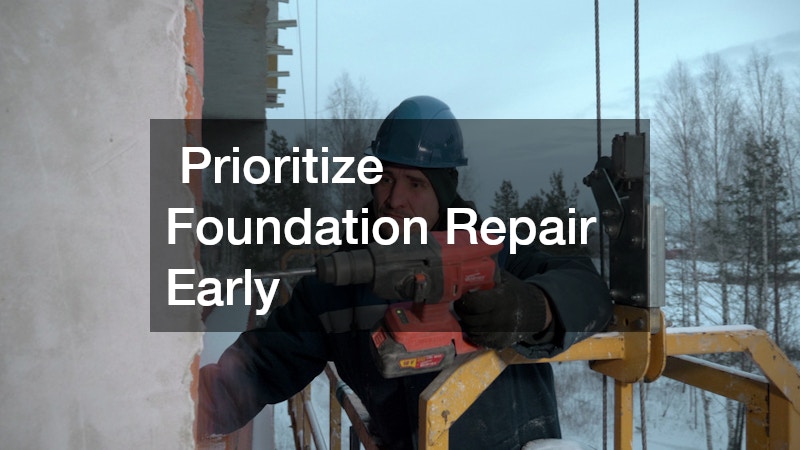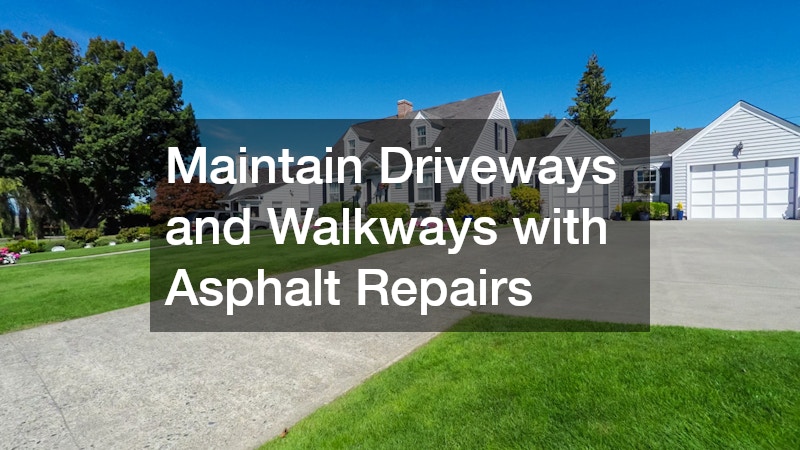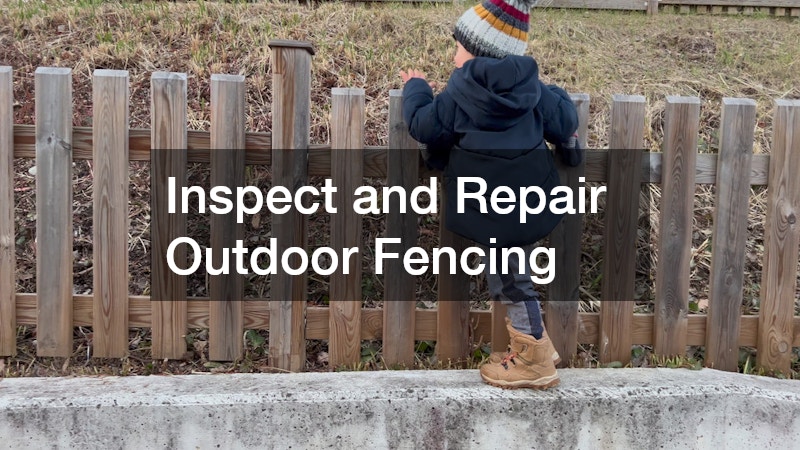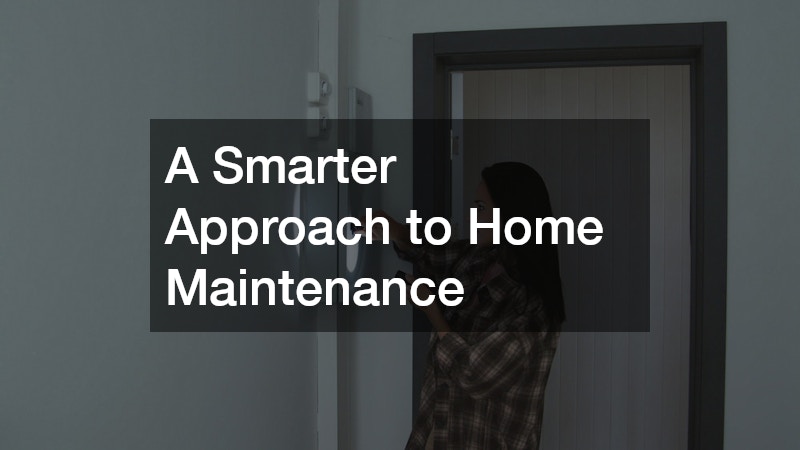Maintaining a home goes far beyond aesthetics. Smart homeowners understand that regular maintenance and preventive repairs not only preserve property value but also help avoid expensive emergencies as well as save you money down the road. By identifying and fixing small issues before they escalate, you can significantly reduce long-term repair costs and prevent damage that may compromise your home’s structural integrity or safety. This proactive approach can prove beneficial not just financially but also in terms of lifestyle quality.
From roof repair to HVAC repair, from plumbing to foundation repair, this article explores the most essential preventive home repairs that save money, extend the life of your home’s systems, and ensure peace of mind. By prioritizing these preventive practices, you contribute to a sustainable environment, increase your home’s value, and secure a better quality of life. Let’s delve into the myriad aspects of keeping a home not just standing, but thriving as well.
1. Inspect and Maintain Your Roof Regularly
Your roof is your home’s first line of defense against the elements. Neglecting small issues like cracked shingles, clogged gutters, or minor leaks can lead to severe water damage, mold, and even structural decay. Keyword maintenance of your roof can prevent costly roof repair and keep your household comfortable and safe. After all, prevention is often less expensive than extensive repair work.
Why It Matters:
Water infiltration can have devastating effects on your home’s structure, being a catalyst for wood rot and compromised insulation. Homes that delay necessary roof repair often face the inevitability of complete roof replacement, which adds a significant financial burden. Through routine maintenance, the life of your roof can be extended by 10–15 years, maximizing your investment and ensuring continued protection for your living space.
Preventive Steps:
Begin your keyword effort by scheduling annual roof inspections, especially post-storm seasons when your roof is more vulnerable. Cleaning gutters and downspouts to avoid water buildup is another practical preventive measure that combats potential water damage. Replacing missing or damaged shingles promptly helps maintain the structural integrity of your roofing. When more significant repair needs arise, always hire professionals for thorough roof repair to ensure quality workmanship.
2. Don’t Delay HVAC Repair or AC Maintenance
Heating and cooling systems are often taken for granted until they malfunction, leaving homeowners scrambling. Ignoring the need for HVAC repair or neglecting ac repairs can lead to catastrophic system failures, potentially costing thousands in replacements. By proactively engaging in keyword maintenance, you reduce the possibility of unexpected breakdowns and extend the lifespan of these critical systems.
Why It Matters:
Timely HVAC maintenance and repair can prevent sudden breakdowns during extreme temperatures, ensuring your family remains comfortable year-round. Improved efficiency through regular protein tune-ups can reduce your energy bills, thus saving money and benefiting the environment. HVAC systems that receive periodic, attentive care can last an additional 5–10 years, making preventive work a valuable investment over time.
Preventive Steps:
To pursue keyword excellence in HVAC maintenance, schedule service appointments twice annually—once in spring and again in fall. During these visits, providers will perform essential tasks like cleaning or replacing air filters, which should be attended to on a monthly basis. Inspecting refrigerant lines and ensuring accurate thermostat settings are vital steps in system preservation. Always prioritize calling for ac repairs at the first sign of diminished performance to prevent minor issues from escalating.
3. Prioritize Foundation Repair Early

The structural foundation is the bedrock of your home’s stability. Small cracks or shifting soil can quickly lead to severe foundation problems if left unattended. Keyword attention to your home’s foundation is critical for maintaining structural integrity and avoiding expensive foundation repairs that could otherwise devalue your home.
Why It Matters:
When foundation issues are ignored, they compromise the safety of the dwelling and its resale value. Without prompt foundation repair, homeowners may eventually face some of the most costly repair bills imaginable. An uneven foundation can lead to complications with plumbing, drywall, and the fitment of doors and windows, underscoring the interconnectedness of your home’s systems.
Preventive Steps:
To stay ahead in keyword competence, regularly check for cracks in walls, floors, and ceilings, as these are often reliable indicators of underlying problems. Proper drainage around your home can be pivotal in preventing soil erosion that affects foundation stability. Regularly monitoring slope changes in floors using a level allows for the early detection of shifting foundations. Hiring an expert for a professional foundation repair evaluation may reveal potential threats to address before they grow into unwieldy challenges.
4. Schedule Annual Plumbing Inspections
The plumbing system is the lifeblood of a home’s daily functionality. Leaks, clogs, or aging pipes can result in significant water damage if not detected and remedied promptly. Conducting systematic keyword-informed plumbing inspections can save thousands in potential future repairs, sustaining the water infrastructure that supports modern living.
Why It Matters:
Water damage restoration can be among the most expensive home repairs, emphasizing the importance of addressing minor leaks or clogs as they arise. Ignored leaks may waste resources, leading to higher utility bills that could otherwise be avoided. Plumbing issues that go unchecked can exacerbate problems within related systems, such as heating units or flooring, increasing repair difficulties exponentially.
Preventive Steps:
Consider partnering with local plumbers for annual examinations, as their expertise ensures that emerging issues are discovered and dealt with early. Immediate repairs of running toilets or leaky faucets reduce the risk of more severe damage and are a central feature of strategic keyword planning. Insulating pipes during the winter months guards against freezing, while vigilance for indications of mold, mildew, or wall discoloration helps identify early signs of hidden plumbing concerns.
5. Replace Worn or Warped Flooring
While flooring might initially seem a purely cosmetic consideration, neglected surfaces can lead to more significant concerns like mold growth or water damage. Placing a premium on replacing keyword-damaged flooring enhances safety and may prevent further deterioration affecting adjacent structures.
Why It Matters:
Damaged floors negatively impact insulation and energy efficiency, affecting the overall environment within the house. Warped surfaces might indicate hidden moisture or rot issues that could fester beneath the floorboards and beyond. Upgrading through a local flooring service provides an opportunity both for practical improvements and boosts to overall property value.
Preventive Steps:
Ensuring keyword integrity involves the early replacement of warped or buckling boards before they lead to secondary complications. Regularly re-sealing grout and tile maintains their durability and appearance. Frequent inspection of subflooring in particularly high-moisture areas aids in early damage detection. Arrange maintenance provisions with a reputable local flooring service to ensure your flooring remains beneficially strong and attractive.
6. Maintain Driveways and Walkways with Asphalt Repairs

Driveways and walkways serve as essential parts of a home’s exterior function, yet cracks appearing in these areas often go unattended until significant damage ensues. Engaging in keyword-conscious asphalt repairs can preserve these surfaces and maintain their utility for years to come.
Why It Matters:
Crumbling driveways are more than an eyesore; they affect curb appeal, which can influence both neighborhood perceptions and resale prospects. Large cracks present tripping hazards and can invite pest infiltrations that may spread beyond immediate bounds. Pursuing timely asphalt repairs is invariably cheaper than the cost of entirely replacing paved areas when deterioration reaches advanced stages.
Preventive Steps:
Sealcoating asphalt every two to three years remains a reliable keyword method of maintaining walkway resilience. Promptly patching small cracks before they expand or become more problematic makes for effective crack management. Keeping debris and weed growth out of expansion joints helps maintain smooth surfaces. Collaboration with skilled local contractors can ensure efficient asphalt repairs, safeguarding these functional sections of your property.
7. Upgrade Your Insulation for Energy Savings
Many homes, especially those of an older vintage, suffer due to outdated or insufficient insulation. This commonly leads to increased energy bills and places additional strain on HVAC systems. Through strategic keyword improvements to insulation, you can enjoy a more comfortable environment with lower operational costs.
Why It Matters:
Proper insulation has the potential to lower heating and cooling costs by 20–30%, offering immediate savings on household expenditures. Improved indoor air quality and moisture control bestow health benefits and contribute to fewer work orders due to potential water build-up. Insulation that meets modern standards provides additional fortifications against pipes freezing in colder climates.
Preventive Steps:
Consistent keyword efforts involve checking and upgrading attic, wall, and crawl space insulation to confirm efficiency. Sealing air leaks around windows, doors, and electricity outlets is an essential action that reduces drafts. Employ foam sealants or weatherstripping as required to curtail heat loss. Whenever possible, upgrade insulating materials to meet current energy efficiency standards, securing a home environment that is environmentally and financially robust.
8. Schedule Regular Lawn Maintenance and Mowing
A well-maintained lawn extends beyond aesthetics to reflect ecological health and order. By integrating keyword principles into yard upkeep, homeowners can bolster drainage, enhance pest control, and protect foundational stability. A commitment to lawn care maximizes the beauty and utility of outdoor space.
Why It Matters:
Preventing overgrowth reduces habitats attractive to pests, minimizing the potential for infestations. Intentional landscaping contributes to better drainage around the home, offering direct benefits to foundation preservation. Moreover, a well-cultivated garden improves curb appeal, affecting our neighborhoods’ perceived values and spreading community pride.
Preventive Steps:
Maintain keyword focus by scheduling regular mowing sessions, whether on weekly or biweekly bases, during active growing seasons. Trimming back vegetation near the foundation helps preserve structural stability and prevents unwelcome spreading. Ensuring that lawn clippings do not accumulate within gutters or clog storm drains avoids trouble. Employ natural landscaping techniques to divert water away from crucial household areas, shaping a dry, stable perimeter.
9. Inspect and Repair Outdoor Fencing

Fencing serves a dual purpose of security and privacy while enhancing the home’s overall appeal. Making keyword-adjusted inspections and repairs of fencing a priority minimizes liabilities caused by broken or unstable installations. Securing the integrity of barriers ensures a safe, cohesive outdoor environment.
Why It Matters:
Unstable fencing poses risks to property and personal safety, where repairs can prevent potential injuries or property damage. Prioritizing timely maintenance over delayed repairs saves money, as localized fixes are less costly than full replacements. A well-maintained fence boosts the outdoor space’s value, visually and functionally complementing the surrounding landscape.
Preventive Steps:
Commit to walkthrough inspections of the entire property at least twice a year to check the fence’s integrity. Refasten loose boards or panels promptly before they exacerbate into larger concerns. Staining or painting wood fences every two to three years adds longevity and resists weathering effects. Work with established local fence companies to execute repairs or, when necessary, undertake new installations that reflect desired durability and design aesthetics.
10. Perform Seasonal Maintenance Year-Round
Creating a keyword-focused preventive maintenance calendar enables homeowners to manage necessary tasks without burden or neglect. Organizing projects by season optimizes effort and ensures a regulated approach to comprehensive upkeep. These initiatives consolidate work, making them more actionable and less daunting.
Spring
The arrival of spring calls for property revitalization, such as inspecting roofs and gutters for winter-induced damage. Scheduling HVAC servicing ensures systems are prepared for warmer climates. Foundation cracks should be checked before extensive seasonal shifts to detect vulnerabilities early. Testing plumbing fixtures validates operational efficiency before outdoor activities resume.
Summer
Among summer duties, executing necessary asphalt repairs ensures pathways remain safe and functional. Re-staining fences strengthens defenses against sun exposure and summer storms. Take the opportunity to install or upgrade insulation, aligning efforts when temperatures afford flexibility. Attention to landscaping facilitates drainage, preventing post-storm pooling around your property.
Fall
Fall frequently calls for preparation against impending winter conditions, with attention paid to cleaning and sealing windows for heat conservation. Winterizing outdoor plumbing in advance prevents devastating pipe bursts. Tree trimming and lawn preparation become prudent practices, readying the garden for frost. Additionally, inspect your ac repairs status, switching to heating readiness as the temperature drops.
Winter
Winter monitoring of attics for ice dams or leaks ensures issues are addressed before they extend in scope. Insulating pipes and unknown drafty areas takes on new importance as temperatures plummet. Arrange HVAC repair or tune-ups to continue comfort unabated. Testing smoke and CO detectors increases indoor safety awareness.
The Cost of Delaying Repairs
Some homeowners hesitate to spend money on minor issues—but delay often leads to much higher costs. Here’s how small problems become major expenses:
| Issue | Early Repair Cost | Delayed Repair Cost |
|---|---|---|
| Leaky Roof | $200–$500 | $5,000–$15,000 for replacement |
| Clogged Drain | $150 | $1,000+ for water damage |
| Small Foundation Crack | $300 | $10,000+ for structural repair |
| HVAC Maintenance | $100–$300 | $4,000+ for full replacement |
How to Find the Right Local Professionals
Preventive care only works when handled correctly. Partner with trusted local providers for reliable, quality service:
- Local plumbers: Licensed, insured, and available for emergency work.
- Local flooring service: Offers modern materials and warranties.
- Local fence companies: Custom designs and sturdy installations.
- Asphalt and HVAC specialists: Skilled in seasonal demands and regional climate.
Ask for referrals, read reviews, and always get multiple quotes before hiring.
A Smarter Approach to Home Maintenance

Preventive home repairs aren’t just about saving money—they’re about creating a healthier, safer, and more enjoyable living environment. Staying on top of small tasks—whether it’s scheduling roof repair, upgrading insulation, or working with local plumbers—protects your home’s value and prevents the stress of emergency fixes.
Your home is one of your biggest investments. By taking a proactive approach with the right team of local experts, you can ensure it remains strong, beautiful, and efficient for years to come.
Would you like this article optimized for SEO or formatted for blog publishing?



